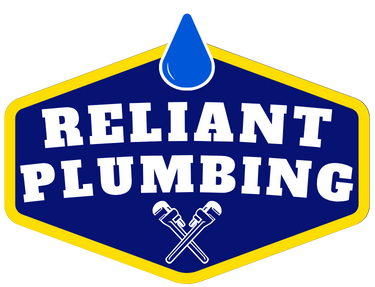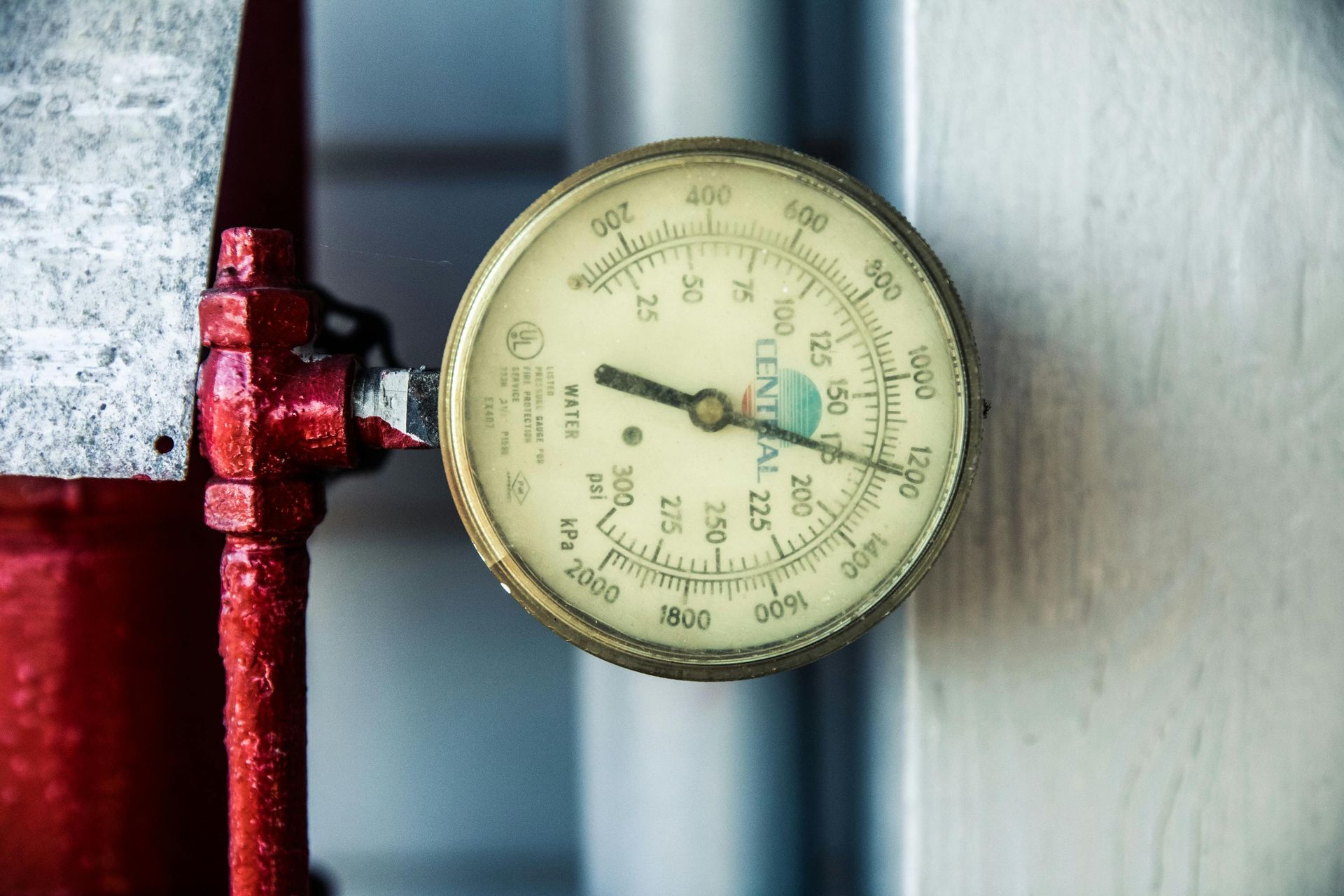
💧 How to Test Water Pressure at Home (and What It Tells You About Your Plumbing)
High or low water pressure can point to bigger plumbing issues—here’s how to check it yourself.
Introduction
Water pressure plays a big role in your home’s comfort and plumbing health. If it's too low, you might struggle with weak showers and slow-filling appliances. Too high? You risk leaks, worn-out fixtures, and even pipe damage.
Luckily, testing your home’s water pressure is quick and inexpensive, and it can reveal hidden plumbing problems before they escalate.
1. Why Water Pressure Matters
Water pressure is measured in pounds per square inch (PSI). Most homes should have a pressure range between 40 and 60 PSI. Anything below 40 can feel weak, and above 80 PSI may cause damage over time.
Common water pressure issues include:
- Low pressure: caused by blockages, valve issues, or a failing pressure regulator
- High pressure: may be due to a faulty pressure-reducing valve or a direct municipal supply that’s too strong
Maintaining balanced water pressure protects your plumbing and helps everything work efficiently.
2. What You’ll Need
To test your water pressure at home, you only need:
- A water pressure gauge (available at hardware stores for $10–$20)
- An outdoor hose bibb (preferably the one closest to where your water line enters the home)
3. Step-by-Step Guide: How to Test Water Pressure
✅ Step 1: Turn Off All Indoor Water
Make sure no one is using water inside your home. Shut off dishwashers, washing machines, showers, and taps.
✅ Step 2: Attach the Gauge to an Outdoor Faucet
Screw the water pressure gauge onto an exterior hose bibb. Make sure it’s tight to avoid leaks during the test.
✅ Step 3: Turn On the Tap Fully
Open the outdoor faucet all the way and watch the gauge.
✅ Step 4: Read the PSI
Most gauges will give you an immediate reading. A pressure of 40–60 PSI is normal. Readings over 80 PSI indicate pressure that’s too high and should be addressed.
4. What the Results Mean
📉 Low Water Pressure (<40 PSI):
- Clogged pipes or aerators
- Failing pressure regulator
- Municipal supply issues
- Partially closed shutoff valves
📈 High Water Pressure (>80 PSI):
- Pressure-reducing valve is failing or missing
- Direct high-pressure municipal connection
- Risk of fixture wear, burst pipes, or water hammer
5. When to Call a Professional
If your readings are outside the ideal range—or fluctuate significantly—it’s time to have your plumbing inspected. A licensed plumber can:
- Install or replace pressure-reducing valves
- Diagnose issues with your main shutoff or supply lines
- Prevent damage to pipes and appliances
Final Thoughts
Testing your home’s water pressure takes just a few minutes, but it can tell you a lot about the condition of your plumbing. Whether you're troubleshooting a weak shower or proactively protecting your pipes, it’s a smart step for any homeowner.
If your pressure is outside the normal range, don’t wait. Addressing it early can save you money and future headaches.

